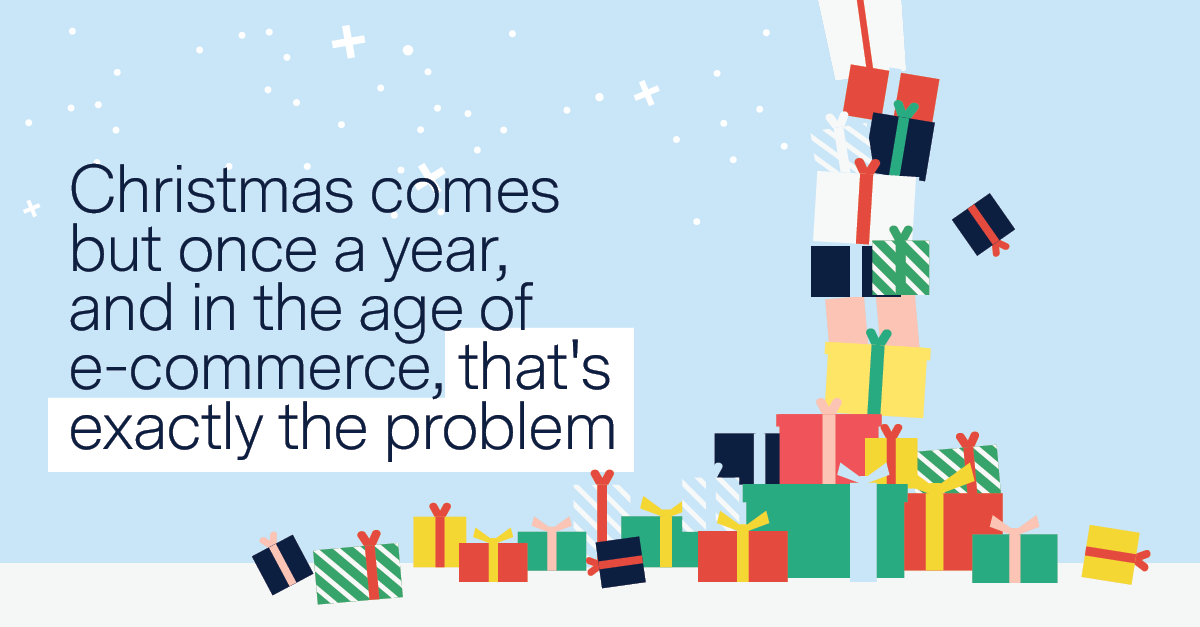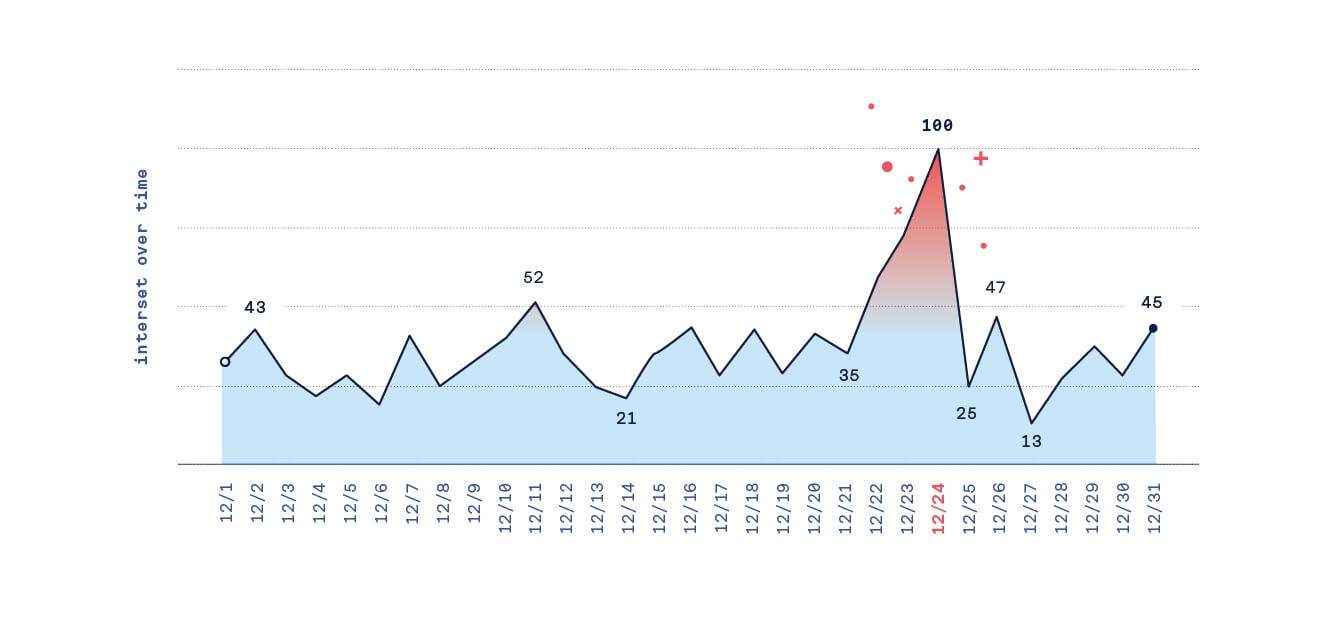When it comes to the phenomenon of “Christmas creep,” 2021 has been truly unrivaled. By early October, we had Christmas tree displays in Nordstrom, holiday gift promotions at Target, and a clamor of consumers looking to get their seasonal shopping done earlier than ever.
Many assume this frenzy was a response to the heavily-publicized “first mile” problems that have besieged the supply chain this year. But in reality, kickstarting holiday promotions early is nothing new – and is the inevitable result of unresolved “last-mile” issues which have been exacerbated by the rise of e-commerce.
The holiday season is now “a peak on top of a peak”
Since e-commerce has skyrocketed with the onset of the pandemic, online retailers now experience the challenges of a traditional “peak season” all year round. One consequence of this has been that shipping carriers have introduced harsher constraints, which have resulted in huge losses for retailers who must turn away sales and fail to meet consumer demand because they cannot guarantee delivery.

To overcome these constraints, retailers now see “Christmas creep” as a tactical workaround. Amongst the 200 retailers and brands we surveyed, 49% say they started holiday promotions early in order to ensure carrier-imposed constraints don’t cause them to miss out on sales.
By encouraging consumers to do their Christmas shopping even earlier in the year than normal, they believe they can spread the increased demand over a longer period of time. The only problem is this doesn’t actually solve retailers’ problem.
Consumers will always want last-minute holiday deliveries
The truth is, the holiday season will always represent a massive peak in demand. Some consumers actively savor doing their shopping in December; others simply procrastinate and leave their gift buying to the last minute. Regardless of what retailers do, consumers will always want guaranteed last-minute deliveries around Christmas, even if they’ve already done most of their shopping in October.
Kickstarting holiday promotions early can only ever be a band-aid solution, and pretending otherwise may actually end up costing retailers. Google Trends data from last year show that searches for “same-day delivery” began to spike on December 22nd and reached peak popularity on December 24th, while online sales grew around 58% during the five days leading up to Christmas.
Retailers that are capable of capitalizing on this will win big. It’s telling, for example, that Amazon’s share of e-commerce sales tends to peak around one week before Christmas – the exact moment most retailers have to stop processing orders because their supply chains aren’t up to the task.
In order to compete, retailers must find a way to offer last-minute deliveries during peaks.
Distributed fulfillment can relieve the shipping carrier problem
The main reason retailers opt for an ever-increasing “Christmas Creep” to mitigate their holiday season supply chain challenges is simple: they believe they have no other options. But those challenges are not inevitable – they are the product of an outdated approach to inventory and fulfillment that relies on centralized inventory hubs.
A model fit for fast e-commerce is that of “distributed fulfillment,” where retailers utilize more inventory hubs spread across a greater number of disparate locations. Not only does this reduce the last mile by storing goods closer to the end-user, but it also enables retailers to relieve their overwhelming reliance on carriers and work with urban courier services. Fulfilling orders from a network of urban locations enables brands and retailers to circumvent crippling capacity constraints throughout the holiday season, guarantee delivery to consumers even the night before Christmas, and mitigate risk overall.
Implementing this model will both future-proof retailers’ fulfillment strategies and ensure they are able to meet peak demand around Christmas – so they don’t have to start hauling out the mistletoe come April.


